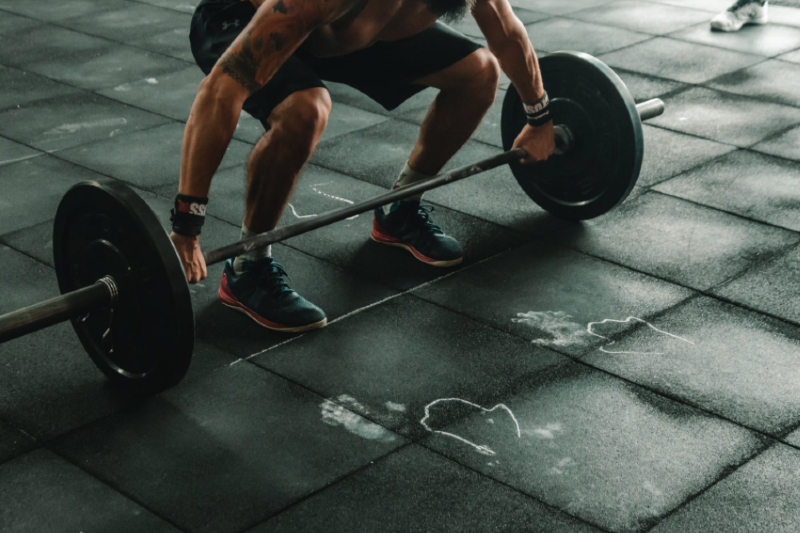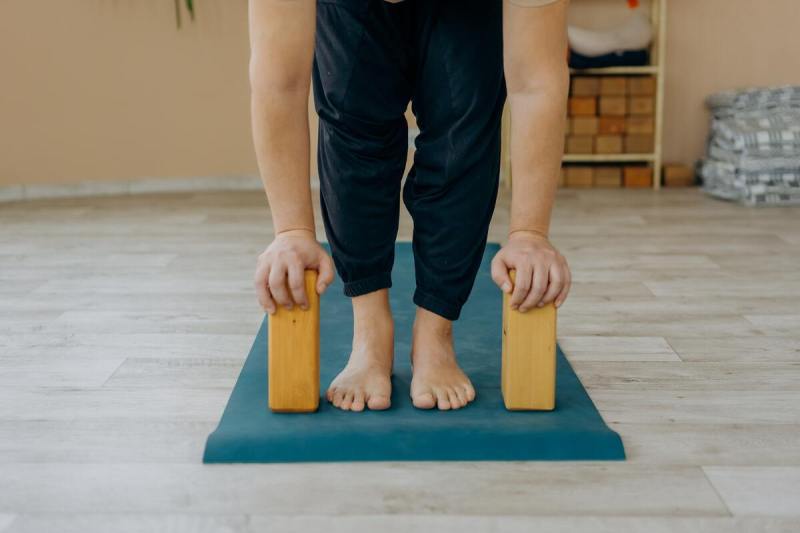Did you know that Pilates and weight training can sculpt your body in unique ways to give you that fit look?
In general, these exercises are designed to help build your body and keep you at the top of your fitness game. Pilates emphasizes the body’s flexibility and core strength, offering a dynamic approach to fitness, while weight training enhances endurance and muscle strength.
In this piece, we will go on a journey to unravel the components of these exercises, discovering which aligns best with your fitness goals.
Pilates or weight training? Let’s find out!

What is the difference between Pilates and weight training?
Practicing Pilates and weight training are two ways to achieve a healthy and fit body. It is an excellent option for people who desire to work out using a particular modality of exercise plan that suits them.
Pilates, a series of exercises Joseph Hubertus Pilates created in the 1920s, helps to improve abdominal strength as well as total body and mental awareness. They include crisscross, toe taps, and plank rocks. Some of these exercises require a person to control their body motions with an emphasis on proper posture and positioning.
Pilates is a famous low-impact workout that improves posture, muscle equilibrium, and coordination. However, unlike weight training, Pilates depends on body weight or resistance from specialized instruments such as Pilates reformers or resistance bands.
On the other hand, weight training involves an individual lifting some external weights such as dumbbells, a barbell, or a machine — this creates muscle resistance. Weight training aims at maximizing muscle size, strength, and stamina. It helps to build up muscles in specific areas of the body, which is essential because it allows for progressive overload, an important factor in gaining or building muscles.
The first major difference revolves around the form of resistance applied. Unlike weight lifting, Pilates uses controlled movements, and the bodyweight generates resistance, leading to a slim physique, i.e., no bulky muscles. In contrast, weight training uses external weights that challenge different resistance levels at muscle hyperplasia.
Additionally, Pilates differs from traditional weight training due to its focus on the body’s core. These exercises work the deep stabilizing muscles found inside the core so that one can have a steadfast center. However, weight training tends to involve the muscles in the small details, which Pilates focuses on, but not as keenly.

Why is Pilates growing in popularity?
Pilates is experiencing a surge in popularity, and several factors contribute to this fitness phenomenon. One Pilates innovative postural technique that has been developed is wall pilates. This new approach involving walls or vertical surfaces makes Pilates exercises interesting and poses a challenge to enthusiasts looking to experience a thrilling workout.
Further, the fact that you can do Pilates anywhere has played a vital role in promoting this fitness activity globally. Also, there are streaming sites and online classes that allow people to learn and practice Pilates at home with or without
Additionally, Pilates is concerned with promoting total well-being. It entails mental concentration, breathing, flexibility, and physical exercise, making it a comprehensive health workout plan. As people place greater emphasis on well-being, Pilates comes in handy since it is the appropriate whole-body fitness exercise for individuals who seek such an approach.
Another factor driving Pilates’s popularity is its ability to be used across different fitness levels. It is so adaptable that beginner and advanced users can find it engaging and easy to perform. This versatility contributes to its widespread adoption as a preferred

How does weight training change your body?
Getting yourself into regular weight training can change your physiological and physical appearance, giving you that chiseled and healthy look. Here are different ways weight training can change your body:
Muscle growth
Muscle fiber hypertrophy occurs in response to weight training. This is because weight training strains the muscles, making the body repair them—consequently, the muscle fibers increase, which, in turn, increases muscle size.
Increased strength
Regular weight or strength training improves the neuromuscular connection, increasing stamina. This heightens efficiency in recruiting muscles and their fibers during exercise, leading to greater force production.
Fat loss
The increased metabolic rate during weight training helps shred fat. The muscles involved in weight-based exercise burn calories even at rest because this tissue type is metabolically active.
Improved bone density
A form of weight training known as weight-bearing increases the rate of bone formation and strengthens the bones by making them dense. It is significant in guarding against osteoporosis and overall skeletal health.
Enhanced joint health
When done appropriately, weight training strengthens the muscles surrounding the joints, enhancing support and stability at joint sites. It is vital for injury prevention as well as arthritis.
Metabolic benefits
Weight training improves insulin sensitivity, glucose metabolism, and endocrine balance. However, these changes aid in general metabolic health, lowering the chances of having type 2 diabetes, among others.
Posture improvement
A critical effect of weight training is strengthening the muscles that control body alignment. This can help eliminate issues associated with bad posture and protect one from musculoskeletal conditions.
Elevated mood
There are several psychological benefits associated with weight training, one of them being endorphin release — the body’s natural mood elevators. Weight training regularly helps relieve stress, anxiety, depression, and other medical conditions.

How does Pilates change your body?
Here are some ways Pilates can change your body:
Improved core strength
Core engagement is an important part of Pilates. You can perform these exercises on a mat or use specialized equipment such as a Pilates reformer, targeting deep abdominal muscles that enhance core strengthening and stability. Pilates for men and women in athletics improves their overall performance.
Muscle tone and definition
Pilates is a series of carefully defined and executed movements that stretch and strengthen numerous muscle systems. Therefore, it causes muscle toning, improving muscle definition without necessarily bulking.
Flexibility improvement
Practicing Pilates, such as wall Pilates and using a Pilates reformer, involves dynamic stretching for healthy joint and body movement. Improvement of flexibility entails lengthening muscles, making one less vulnerable to injuries. Also, it increases the possible range of motion.
Posture enhancement
Regular practice leads to the formation of better posture habits and an upright and aligned body frame.
Mind-body connection
In Pilates, there is a focus on mindful movements where one tries to connect with the body. The emphasis on breath regulation heightens the level of attention, facilitating a more profound awareness of the body and mind system.
Stress reduction
Pilates is also involved with relaxation and breath control, which assist in reducing stress levels. It helps you relax and recharge your body from tension and stress associated with daily life.

4 tips for deciding which is better for you
Consider your fitness goals
You should pick Pilates if your desire is for overall body flexibility, core strength, and a lean physique. However, weight training is preferable if you desire muscular hypertrophy, strength, or a more defined physique.
Preferable style of exercise
Pilates is for you, should you prefer low-impact and controlled movements with the mind/body connection. Meanwhile, weight training is often preferred by people who enjoy the intensity of weights and putting their muscles under stress.
Consider your health
Unlike weight training exercises, Pilates tends to be softer on the joints, which means that individuals with pre-existing joint problems and injuries can still practice Pilates. However, weight training should be modified; in some cases, you may have to consult your doctor before practice.
Your personal enjoyment and consistency
Participating in a Pilates class may be interesting if you love and enjoy group settings. However, if the idea of lifting weights and keeping track of performance excites you, then it might make more sense for you to try weight training in a gym setting.
You should pick Pilates or weight training based on your preferences, fitness objectives, body condition, and the pleasure involved in them. Also, you can combine the best aspects of these two approaches to create a more balanced




